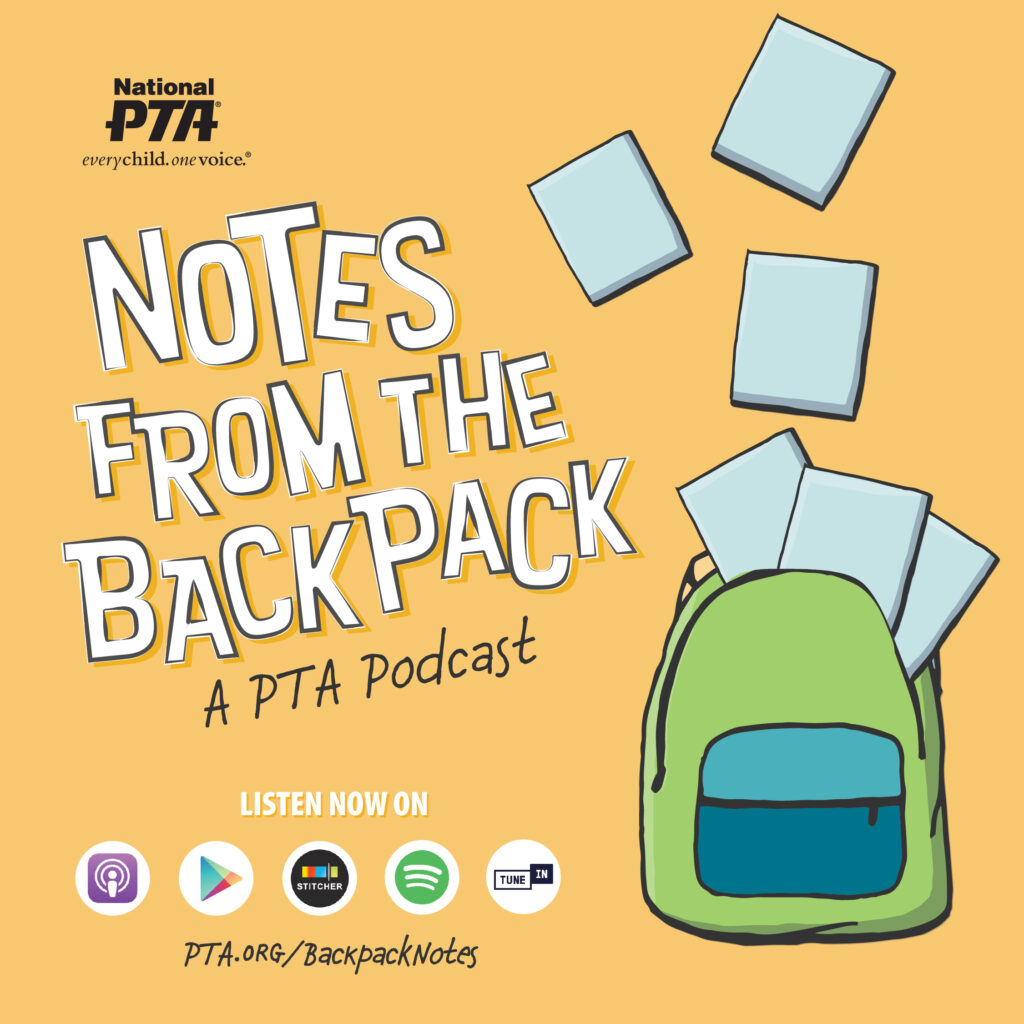In today’s fast-paced digital world, few activities strengthen family bonds while building essential life skills quite like reading together. The simple act of sharing a story creates meaningful connections between family members while laying the groundwork for lifelong literacy and learning success.
As we celebrate National Reading Month, remember, reading isn’t just fundamental—it’s also fun!
Why Family Reading Matters
Research shows that there are many benefits to reading to children. Kids that are read to at a young age:
- Develop stronger vocabulary and language skills
- Build reading comprehension and critical thinking abilities
- Are quick to use creativity and their imagination
- Create positive associations with books and learning
- Have strong emotional bonds between family members
Reading together as a family also shows that reading is a fun activity rather than a chore that must be done. They learn to want to read instead of having to read, which sets them up to become lifelong readers and learners.
Creating Meaningful Family Reading Experiences
Family reading doesn’t have to be time-consuming to be effective. Just 15-20 minutes a day can make a tremendous difference in a child’s literacy development. Here are three simple ways to create meaningful family reading experiences:
- Establish a Reading Routine
Consistency is key when building literacy skills. Set aside a specific time each day dedicated to family reading. This could be before bedtime, after dinner or whatever time works best for your family’s schedule. Many families find that bedtime reading creates a calming transition from the hustle and bustle of the day while also building literacy skills, but the right time is whatever works consistently for your family.
Making reading a non-negotiable part of your daily routine—just like brushing teeth or eating meals—elevates its importance and removes the urge to skip it when things get busy.
- Create Inviting Reading Spaces
Physical environment plays a significant role in making reading appealing to kids. Create special reading areas in your home where books are accessible and the atmosphere is comfortable. This could be as simple as a dedicated bookshelf in the living room or as elaborate as a reading nook with pillows and good lighting.
You can also make it fun by creating a reading fort—a cozy space built with blankets, pillows and flashlights that make reading feel like an adventure rather than an assignment.
- Engage Actively with Stories
Reading together is most beneficial when it’s interactive. Ask open-ended questions as you read: What might happen next? How do you think the character feels? Why did they make that choice?
For younger children, pointing to pictures and asking them to identify objects or colors helps build vocabulary. For older children, discussing themes, motivations and connections to their own lives deepens comprehension and critical thinking skills.
Creative Family Reading Activities
To enhance your family reading experience, here are some activities to engage your child and make reading fun.
- Dress as Your Favorite Characters. Bring stories to life by dressing as your favorite book characters and acting out scenes. This activity reinforces story comprehension while adding a theatrical element that makes reading three-dimensional.
- Have a Book Picnic. Take your reading time outside by packing some snacks and heading to a park or your backyard with your favorite book. Changing the scenery can make reading feel special.
- Create a Reading Passport. Take a gamification approach to encourage your child to read by creating a “reading passport” where children collect stamps or stickers for each book they read. The passports provide visual proof of your child’s reading accomplishments, inspires them to read more and encourages them to explore different genres or authors.
- Collect Story Stones. This creative activity involves collecting and painting small stones with characters, settings or objects that appear in books. Challenge your child to create a story incorporating all the stones, which helps them use their imagination and develop narrative skills.
- Have a Story Hour Swap. Take turns being the reader during family reading time. Even younger children who can’t read on their own yet can tell stories based on pictures, building confidence and presentation skills.
- Have a Book-Inspired Cooking Night. Extend the reading experience into the kitchen by making a recipe mentioned in a favorite book you are reading together. This multisensory approach connects reading to practical skills and creates memorable experiences.
- Watch a Movie Based on a Book. Read a book, then watch the movie adaptation as a family. Discussing the differences between the book and film versions encourages critical thinking and media literacy.
- Go to the Library. Public libraries are invaluable resources for family reading. Beyond providing free access to books, libraries often host story times, reading challenges and other literacy programs designed for families.
Inclusive Family Reading Practices
Family reading should be inclusive and accessible to all. Consider these recommendations:
- Multilingual families can read books in both their home language and English, strengthening literacy in multiple languages simultaneously.
- Families with children of different ages can choose books with layered content that appeals to various developmental levels or take turns selecting books that match each child’s interests.
- Families with children who have learning differences can use audiobooks to supplement traditional reading, with family members following along in the physical book while listening together.
Making the Most of Digital Reading Resources
While physical books offer unique benefits, digital reading resources can supplement family reading experiences, especially for families with limited access to print materials.
Many public libraries offer free digital borrowing services where families can download ebooks and audiobooks. Educational apps can also provide interactive reading experiences that build specific literacy skills.
However, the organization emphasizes that digital reading is most beneficial when it remains a shared experience—with family members engaging with the content together rather than children using devices in isolation.
Supporting Literacy Beyond Reading Time
Literacy development happens throughout the day, not just during designated reading time. Simple practices that support literacy include:
- Pointing out and reading environmental print (signs, logos, food packaging)
- Writing grocery lists together
- Sending notes in lunch boxes
- Playing word games during car rides
- Singing songs and reciting rhymes
- Telling family stories and sharing personal narratives
These everyday literacy moments reinforce the skills built during family reading time and show children that reading and writing are integrated into all aspects of life.
A Lifelong Gift
By prioritizing family reading, parents and caregivers give children a gift that extends far beyond childhood. The literacy skills, learning habits and positive associations with books established through family reading create a foundation for academic success, career readiness and personal enrichment throughout life.
When families read together, children learn that reading is important, valuable and worth making time for—a lesson that shapes their relationship with learning for years to come. Think about how your family can strengthen your reading routines and experiences. Whether you’re just beginning your family reading journey or looking to enhance established practices, the time invested will yield returns in both literacy skills and family connections that last a lifetime.


















